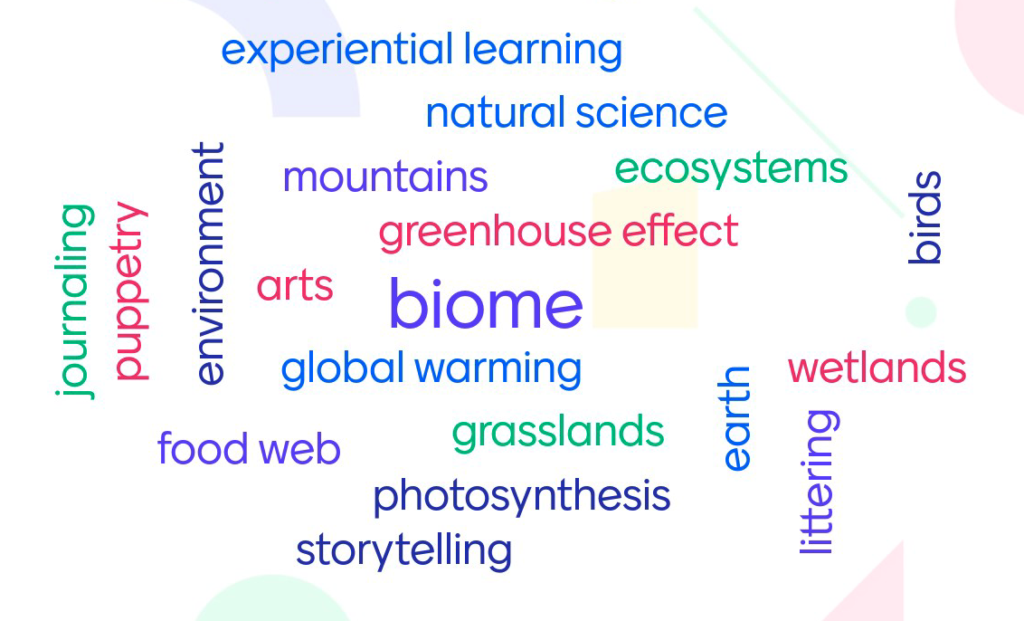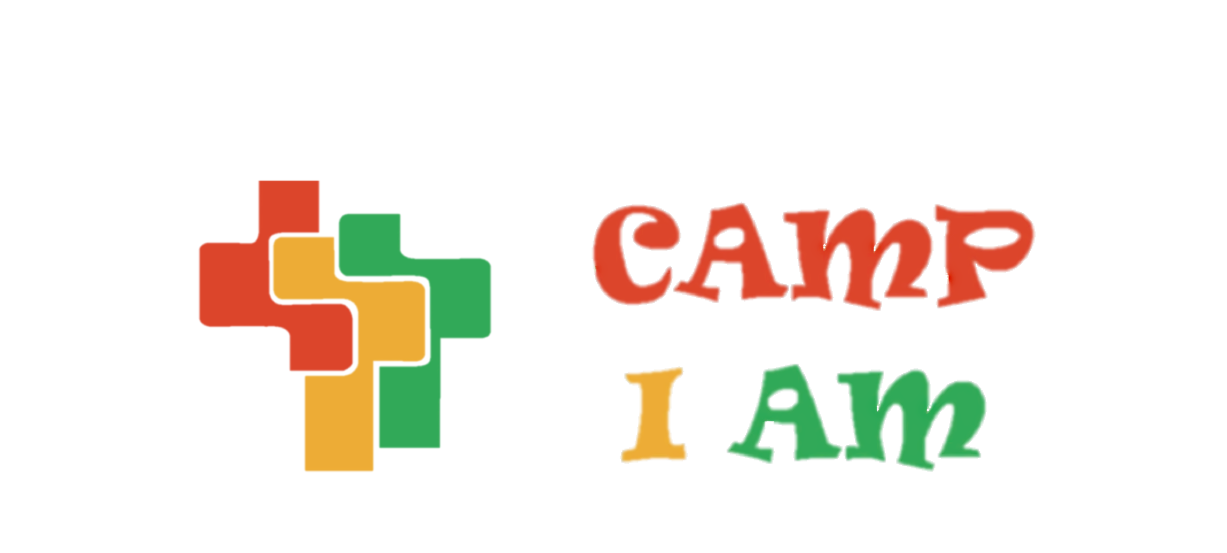Learning Words through Nature's Classroom
Natural Science Curriculum

We are thrilled to have Dr. Carol Preston, an environmentalist and arts practitioner, as our special guest blogger. Dr. Preston brings a wealth of expertise and a deep passion for raising environmental awareness through immersive experiences in nature. Through her work with a group of children, she shares insights and practical strategies that bring environmental education to life.
In this blog post, Dr. Preston delves into the intersection of arts and environmental education, emphasising the transformative power it holds in supporting the Natural Science curriculum.
Yours in Education,
KC2
They do not have green spaces where they can play, and it is unsafe for those who cannot swim to play in and around the wetland.
The 2023 programme for 10–14-year-olds focuses on puppetry and journaling as reflective practices.
From reading their journals, I can also identify the children who struggle with writing and reading for meaning.
Because children enjoy a good story and love to tell their own stories… I introduced the group to a rod puppet named ‘Goat Man’ that tells stories.
One effective way to engage and teach children in Wakkerstroom is by incorporating words from the Natural Science curriculum into our experiential learning sessions in the environment.
Learning Words through Nature’s Classroom
By Dr Carol Preston
Wakkerstroom, in southern Mpumalanga, is a typical rural post-apartheid South African village. The village is situated on a wetland, bordered on two sides by mountains, with grasslands being the predominate biome in outlying areas. Because of the wetland and the extensive list of birds to be found here, including some that are endemic, Wakkerstroom is an international birding hotspot.
So one would like to believe that Wakkerstroom would be a haven for children who are surrounded by the beauty of the natural environment. But unfortunately, for most children, this is not the case. Their experience with nature is limited to clogged waterways in the township, informal dumping, and litter everywhere. They do not have green spaces where they can play, and it is unsafe for those who cannot swim to play in and around the wetland. Nevertheless, they still play. They play in litter-infested roads, informal dump sites, and congested waterways.
For the most part, these children are marginalised. Many are orphans in child-headed households or are being raised by their grandmothers, and they depend entirely on social grants to survive. Not surprisingly, they have limited awareness or enjoyment of the natural environment because their focus is on their basic survival and having sufficient food to eat.
However, at the Clay Centre, an aftercare homework program conducted at Wakkerstroom Primary School in eSizameleni (although it is not affiliated with the school), children receive assistance with their homework, as well as support in reading and writing in English. And every Thursday, I work with a group of children using the arts to raise environmental awareness and instil a love of nature. I believe that when you love something, you are more likely to take care of it. As an environmentalist and arts practitioner, I also keep in mind the Education Department’s Natural Science curriculum as I work with the children. They have a clear and strong knowledge of environmental issues from what they are taught at school. They know about global warming, environmental destruction through pollution and deforestation, and the hazards of misusing natural resources. However, they are unaware of the impact of their own behaviour on environmental degradation, and this is where my interventions play an important role. I help them understand this through immersion in the natural environment, allowing them to see first-hand the impact of littering and dumping and make connections between the two.
The 2023 programme for 10–14-year-olds focuses on puppetry and journaling as reflective practices. We use rod puppets to tell stories about taking care of nature, each other, and doing things for others with no expectation of return. Each session ends in a discussion on the issue covered, followed by the children journaling in their books.
While reflective practice is not easy for children, my group has embraced it and shown progress in articulating their thoughts and ideas. From reading their journals, I can also identify the children who struggle with writing and reading for meaning. Some can’t write coherently, which is alarming because they will soon enter high school.
During a recent session, a goat wandered across the playground while we were talking about trees. Since it was crying, I changed the topic and asked the group what they thought the goat was crying about and what they see when they look at a goat. They said that the goat (or any goat for that matter) isn’t the same as a human being with feelings and emotions, but it is food, meat. Livestock farming is the main agricultural activity in Mpumalanga. However, during the discussion, there was a shift in their perceptions, which was reflected in their journals. Instead of viewing goats solely as a nutritional resource, one child wrote about observing goats sleeping together as family units and caring for each other. Additionally, two children described how goats dislike rain, while another child pondered how goats instinctively find their way home in the evenings. These observations demonstrate their growing recognition of animals as creatures with emotions and needs. Furthermore, some children expressed their feelings towards their own dogs, cats, and horses.
Because children enjoy a good story and love to tell their own stories, the following week, I introduced the group to a rod puppet named ‘Goat Man’ that tells stories.
Goat Man lives alone under a bridge and tells a story about twins who enjoy the outdoors. The twins notice that the river is clogged with waste and decide to clean it up. Afterward, they approach their community to educate them about littering. The group immediately recognised the connection between Goat Man and the goat from the previous week. One child, was very upset about the puppet being alone and wrote a heartfelt letter to Goat Man in their journal expressing sadness over his living situation. Drawing on the experience of the crying goat from the previous week, the child emphasised the importance of goats being with their families.
For the final journal entry of the semester, the group could write about anything. Many wrote about taking care of the environment and the importance of not littering, loving nature, especially domestic animals, and seeing trees as living and breathing things. This was exciting because it indicated a link between the curriculum and my classes. For example, a tree that photosynthesises is also part of a broader web of life that includes human life. Other children in the group chose to write about animals as living creatures that can feel and get hurt. Those who couldn’t read or write drew pictures relating to some of the topics we covered during the semester.
As I reflect on the recent Progress in International Reading Literacy Study (PIRLS), which revealed the low performance of Grade 4 learners in South Africa with 81 percent unable to read for understanding, and a discussion I had with Camp I Am, I believe that one effective way to engage and teach children in Wakkerstroom is by incorporating words from the Natural Science curriculum into our experiential learning sessions in the environment. I have witnessed the impact that puppetry, storytelling, and journaling have on the children through their writings, and how these activities can support formal curricula. This group not only wrote about their school learning but also reinforced their knowledge through experiential learning, and I firmly believe that reinforcing reflective writing contributes to the retention of knowledge and information.
This reinforcement of knowledge is directly linked to the concepts taught in the formal curriculum. For example, Grades 4-6 cover topics such as photosynthesis, ecosystems, and the food web. My program aligns directly with these concepts in multiple ways: it reinforces what they are taught in school, encourages them to make connections between various aspects of life rather than viewing topics in isolation, and supports the acquisition of relevant vocabulary found in the curriculum. The same applies to the senior phase, where students learn about the interaction between different parts of the Earth, global warming, the greenhouse effect, and more.
The undeniable role of the arts in environmental education cannot be disputed. By closely aligning with the formal curriculum and supporting reading comprehension through my arts-based program, we have the potential to address the issues highlighted in the PIRLS. Furthermore, by connecting real-world experiences with formal learning, we foster a genuine love for the natural environment and instil a sense of custodianship over time.
One Comment
Leave a Reply Cancel reply
This site uses Akismet to reduce spam. Learn how your comment data is processed.


I agree. It is much easier to recognize and identify words in and around the child’s environment. The enjoyment in class will definitely makes a difference.